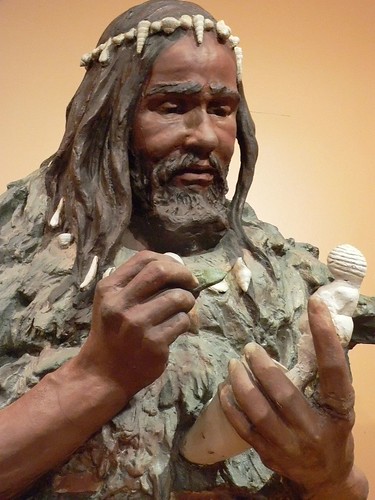I'm not sure why do you consider Yamnaya as the "original Indoeuropeans". That culture was not the first stage of PIE, but the last one:
According to linguist Robert Stephen Paul Beekes: "There seems to be no doubt that the Yamnaya culture represents the LAST phase of an Indo-European linguistic unity, although there were probably already significant dialectal differences within it."
Marija Gimbutas who was the original author of the Kurgan Hypothesis also didn't consider Yamna as the earliest PIE, but a later stage.
Gimbutas saw early stages of PIE in Chalcolithic steppe cultures which preceded Yamna - Samara and Khvalynsk cultures.
According to Mayu's blog, Corded Ware was descended from PIE groups which emigrated from the steppe during Early Yamna phase:
http://forwhattheywereweare.blogspot.com/p/blog-page.html
AFAIK, all Yamna samples collected so far are from later phases of Yamna culture, so they are people who stayed in that part of the steppe after several other groups had already emigrated in various directions before. Which may be the reason why all that we can see there is ht35.
All Yamna samples tested so far, are from period called by Mayu "Indoeuropean stage 3", not from "stage 2":
Stage 2:
Stage 3:
By the time of Stage 3 some haplogroups and subclades - such as R1b-L51 - could already be outside of the steppe zone.
Maybe R1b-L51 - which is absent from Yamna samples known to date - was in Coţofeni culture or in Ezero culture ???









